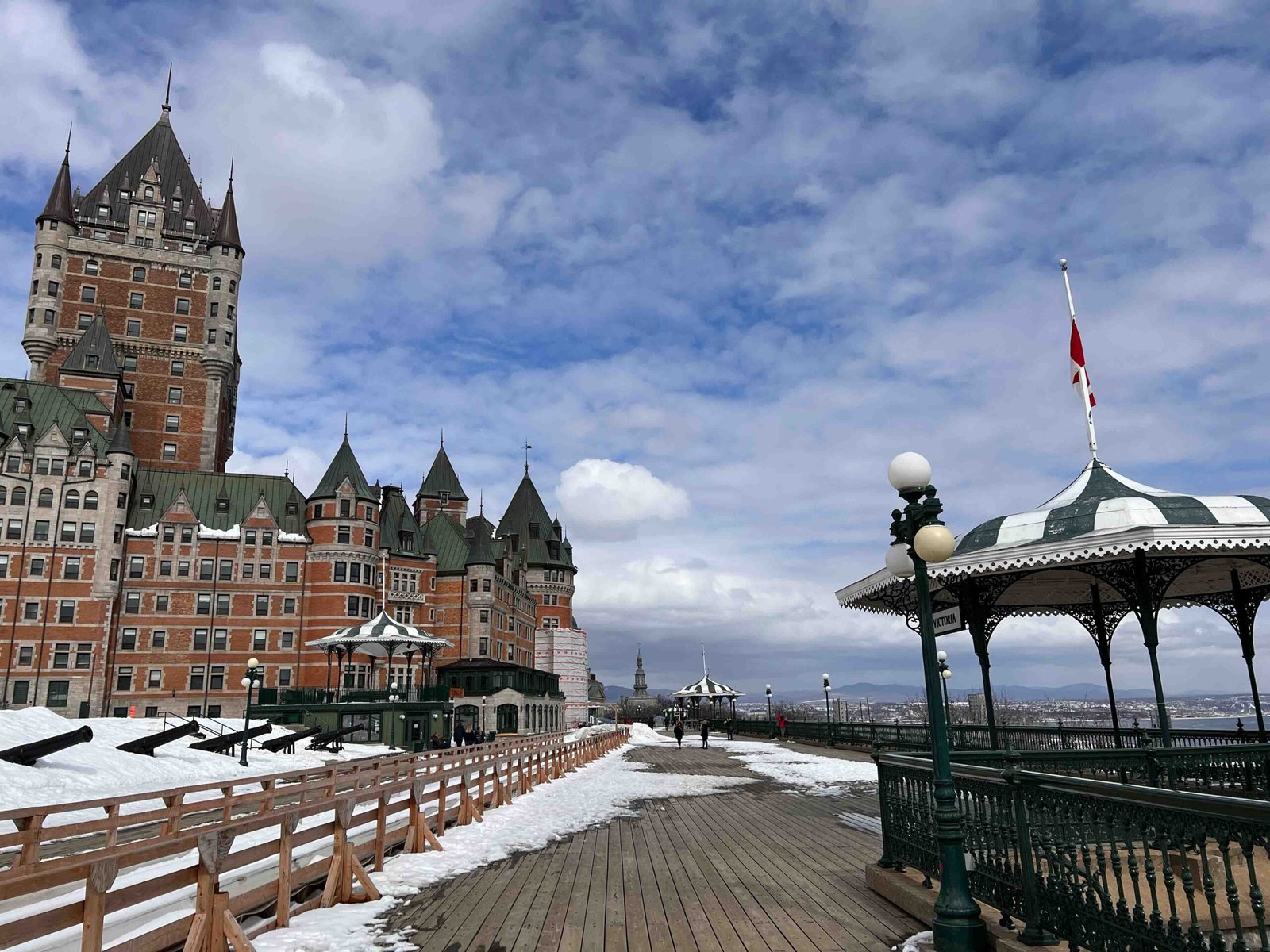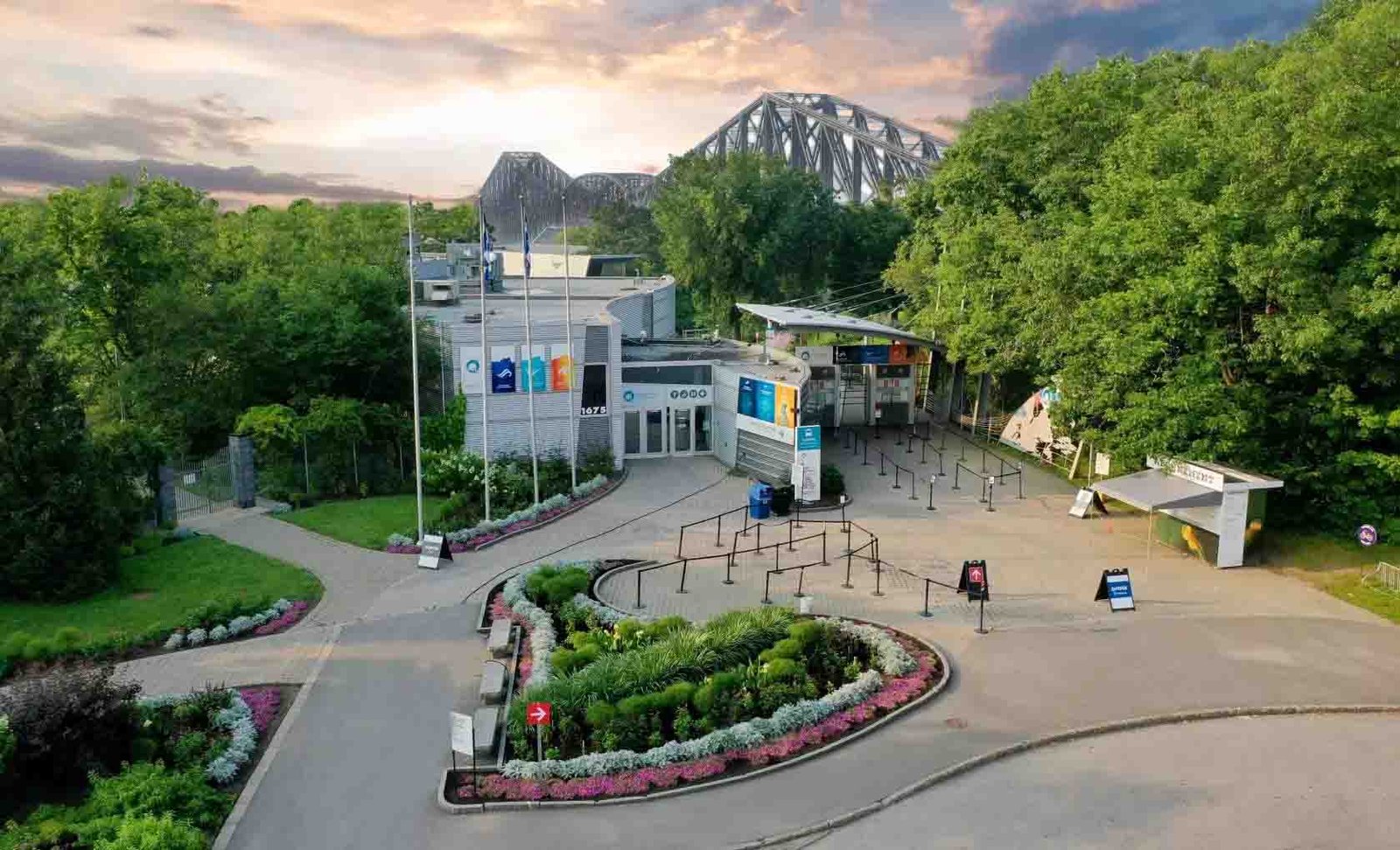Welcome to an exploration of Saskatchewan, the land of living skies. In this article, we will delve into the past, present and future of its people. Saskatchewan is a province in Western Canada known for its vast prairies, stunning landscapes and friendly inhabitants. We will take a closer look at the population growth in Saskatchewan over the years and examine the current demographic trends and figures. Furthermore, we will discuss the diversity of Saskatchewan’s population and the challenges faced by its aging citizens. Urbanization in Saskatchewan has also brought about growth and opportunities, which we will explore. Join us on a journey through Saskatchewan’s rich history and promising future.
Introduction to Saskatchewan: The Land of Living Skies
Saskatchewan, the prairie province of Canada, is known for its vast landscapes, friendly people, and breathtaking natural beauty. One of the most striking features of Saskatchewan is its stunning skies, which have earned it the nickname “The Land of Living Skies.” The province boasts some of the clearest and most colourful skies in the world, offering an unparalleled view of the northern lights and starry nights. Saskatchewan’s sky is also home to a variety of birds, including raptors, waterfowl, and songbirds. These birds can be spotted throughout the province’s many parks and nature reserves, making Saskatchewan a birdwatcher’s paradise. But the sky isn’t just beautiful to look at; it plays an important role in the province’s agricultural industry. Saskatchewan’s fertile soil and sunny climate make it one of Canada’s top producers of wheat, canola, and other crops. The province’s farmers rely on clear skies to help their crops grow and thrive. In addition to its natural beauty, Saskatchewan is also rich in culture and history. From First Nations communities to European settlers, the province has a diverse population that has shaped its past and present. With so much to offer, it’s no wonder that Saskatchewan is a popular destination for tourists and new residents alike.
A Brief History of Saskatchewan’s Population Growth
Saskatchewan’s population growth has been a dynamic and complex process. The region’s indigenous peoples, including the Cree, Assiniboine, Saulteaux, and Blackfoot, were the first inhabitants of the area. European settlement began in the late 19th century, with the arrival of fur traders and homesteaders. The Dominion Lands Act of 1872 opened up large tracts of land for settlement and encouraged immigration to Canada. In 1905, Saskatchewan became a province of Canada, and by the 1920s, its population had reached over one million people. During this period, many immigrants from Europe arrived in Saskatchewan, including Germans, Ukrainians, and Scandinavians. The Great Depression of the 1930s led to a decline in population as many people left Saskatchewan in search of work elsewhere. After World War II, however, Saskatchewan experienced a period of rapid growth as people moved to urban centres like Regina and Saskatoon. In the 1960s and 1970s, there was a significant influx of immigrants from Asia and the Caribbean. Today, Saskatchewan’s population stands at just over 1.1 million people, with the majority living in urban areas. Despite ongoing challenges related to economic growth and demographic change, Saskatchewan remains an attractive destination for immigrants and continues to welcome newcomers from around the world.
Saskatchewan’s Current Population: Facts and Figures
Saskatchewan’s current population is estimated to be around 1.18 million people, according to the latest statistics from Statistics Canada. The province’s population has been steadily increasing over the past decade, with a growth rate of 6.3% between 2011 and 2016. Saskatchewan has a relatively small population density, with just over three people per square kilometre. The majority of the province’s population lives in urban centres, with Saskatoon and Regina being the two largest cities in the province. Saskatoon has a population of around 330,000, while Regina has a population of around 240,000. The remainder of the province’s population is spread out across rural areas and smaller towns. Saskatchewan has a relatively young population, with a median age of 37 years old. The province also has a slightly higher proportion of females than males, with women making up 51% of the population. In terms of ethnicity, the majority of Saskatchewan’s population identifies as White (70%), followed by Indigenous (16%), South Asian (2%), and Chinese (2%). These numbers highlight the diversity of Saskatchewan’s population and the importance of understanding the different cultural backgrounds that make up the province’s communities. Overall, Saskatchewan’s current population is diverse and growing, with urban centres continuing to attract new residents while rural areas remain an important part of the province’s makeup.
The Diversity of Saskatchewan’s Population: An Overview
Saskatchewan is a province that is known for its cultural diversity. The population of the province is composed of Indigenous people, British, French, German, Ukrainian, and many other ethnic groups. This diversity is reflected in the province’s cultural traditions, cuisine, and celebrations. Saskatchewan’s Indigenous population is particularly noteworthy. The province has more than 70 First Nations communities, with the largest being the Cree and the Saulteaux. The Métis people are also an important part of Saskatchewan’s population. They are a distinct Indigenous group with their own culture and language. Apart from the Indigenous people, Saskatchewan has a significant population of immigrants who have come from all over the world to make this province their home. In recent years, there has been a surge in immigration to Saskatchewan due to the province’s strong economy and employment opportunities. The city of Saskatoon, in particular, has seen a significant increase in its immigrant population in recent years. This influx of immigrants has made Saskatchewan even more diverse and has contributed to the province’s economic growth. Overall, Saskatchewan’s population is a rich tapestry of cultures and ethnicities that contribute to making it one of the most interesting provinces in Canada.
The Challenges Faced by Saskatchewan’s Aging Population
Saskatchewan’s aging population is facing a range of challenges that need to be addressed in order to ensure a better quality of life for the elderly. One of the biggest challenges is the lack of healthcare services and facilities that cater specifically to the needs of older adults. The demand for long-term care homes and home care services has been increasing, but the supply is not keeping up with the demand. This results in long waiting lists and inadequate care for seniors who are already struggling with health issues.
Another challenge faced by Saskatchewan’s aging population is social isolation. Many older adults live alone and lack social connections, which can lead to feelings of loneliness and depression. This issue is compounded by the fact that many seniors in rural areas do not have access to transportation or community programs that could help them stay connected.
Economic insecurity is also a major concern for Saskatchewan’s aging population. Many seniors live on fixed incomes and struggle to make ends meet due to rising costs of living. This can result in difficulty accessing healthcare services, nutritious food, and other basic necessities.
Finally, ageism and discrimination against older adults remain prevalent in Saskatchewan. Many seniors face stereotypes and negative attitudes that can impact their mental health and well-being. Addressing these issues will require a multi-faceted approach, including increased investment in healthcare services, community programs, and policies that promote social inclusion and economic security for older adults.
Urbanization in Saskatchewan: Growth and Opportunities
Urbanization in Saskatchewan: Growth and Opportunities
Saskatchewan’s urban areas have seen significant growth in recent years, with many rural residents moving to cities for better employment opportunities and improved access to services. The province’s two largest cities, Saskatoon and Regina, account for almost half of the population of Saskatchewan. Saskatoon has experienced a population increase of over 12% since 2011, while Regina has seen an increase of 7.7%. This growth has led to the development of new housing projects, commercial spaces, and infrastructure improvements in these cities.
The growth of urban areas in Saskatchewan has created numerous opportunities for economic development. With the expansion of cities comes increased demand for goods and services, leading to job creation and business opportunities. Many businesses have already taken advantage of this trend, setting up shop in urban areas to tap into the growing market.
However, rapid urbanization also presents challenges for Saskatchewan. As more people move to cities, there is an increased strain on infrastructure such as roads, public transit, and healthcare facilities. The cost of living can also be higher in urban areas, making it difficult for some residents to afford housing and basic necessities.
Despite these challenges, the growth of urban areas in Saskatchewan presents a promising future for the province. With careful planning and investment in infrastructure, cities can continue to provide opportunities for economic development and a high quality of life for residents.
Looking Ahead: The Future of Saskatchewan’s Population
Looking ahead, the future of Saskatchewan’s population presents both challenges and opportunities. One of the biggest challenges is the aging population. As life expectancy increases, the proportion of seniors in the population is expected to rise significantly over the next few decades. This will put pressure on healthcare services, long-term care facilities, and other social services. Additionally, there is a need to attract and retain younger people to prevent a decline in the working-age population. This requires creating more job opportunities and improving the quality of life in rural areas. However, urbanization presents an opportunity for growth in Saskatchewan’s cities. The province’s two largest cities, Saskatoon and Regina, are expected to see significant population growth in the coming years, which could lead to economic development and increased cultural diversity. It is important to ensure that this growth is sustainable and equitable, with a focus on creating livable communities that meet the needs of all residents. Another important aspect of Saskatchewan’s future population is its diversity. The province has become increasingly diverse in recent years, with immigrants from all over the world choosing to settle here. This presents an opportunity to celebrate cultural differences and create a more inclusive society. Overall, the future of Saskatchewan’s population will require careful planning and investment to ensure that everyone can thrive in this beautiful province.
As we conclude our exploration of Saskatchewan’s past, present, and future, we are left with a sense of admiration for the resilience and diversity of its people. From the early settlers to the current population, Saskatchewan has undergone significant changes and challenges. The growth of urbanization presents both opportunities and obstacles, while the aging population requires careful consideration to ensure their well-being. However, amidst these challenges, Saskatchewan’s people have shown an unwavering spirit of community and determination to build a brighter future. As we look ahead, it is crucial to reflect on how we can continue to support and celebrate the diversity of Saskatchewan’s population, while addressing the challenges that lie ahead. We must strive to create inclusive communities that provide equal opportunities for all residents. Ultimately, the success of Saskatchewan’s future depends on our collective efforts to build a better tomorrow for generations to come.
Population in province:
Alberta, British Columbia, Manitoba, New Brunswick, Newfoundland and Labrador, Nova Scotia, Ontario, Prince Edward Island, Quebec, Saskatchewan






Pingback: Population in Prince Edward Island, Canada – Things to do in Canada
Pingback: Population in Nova Scotia, Canada – Things to do in Canada
Pingback: Population in British Columbia, Canada – Things to do in Canada
Pingback: What is the population in Canada? – Things to do in Canada
Pingback: Population in city Quebec City, province Quebec – Things to do in Canada